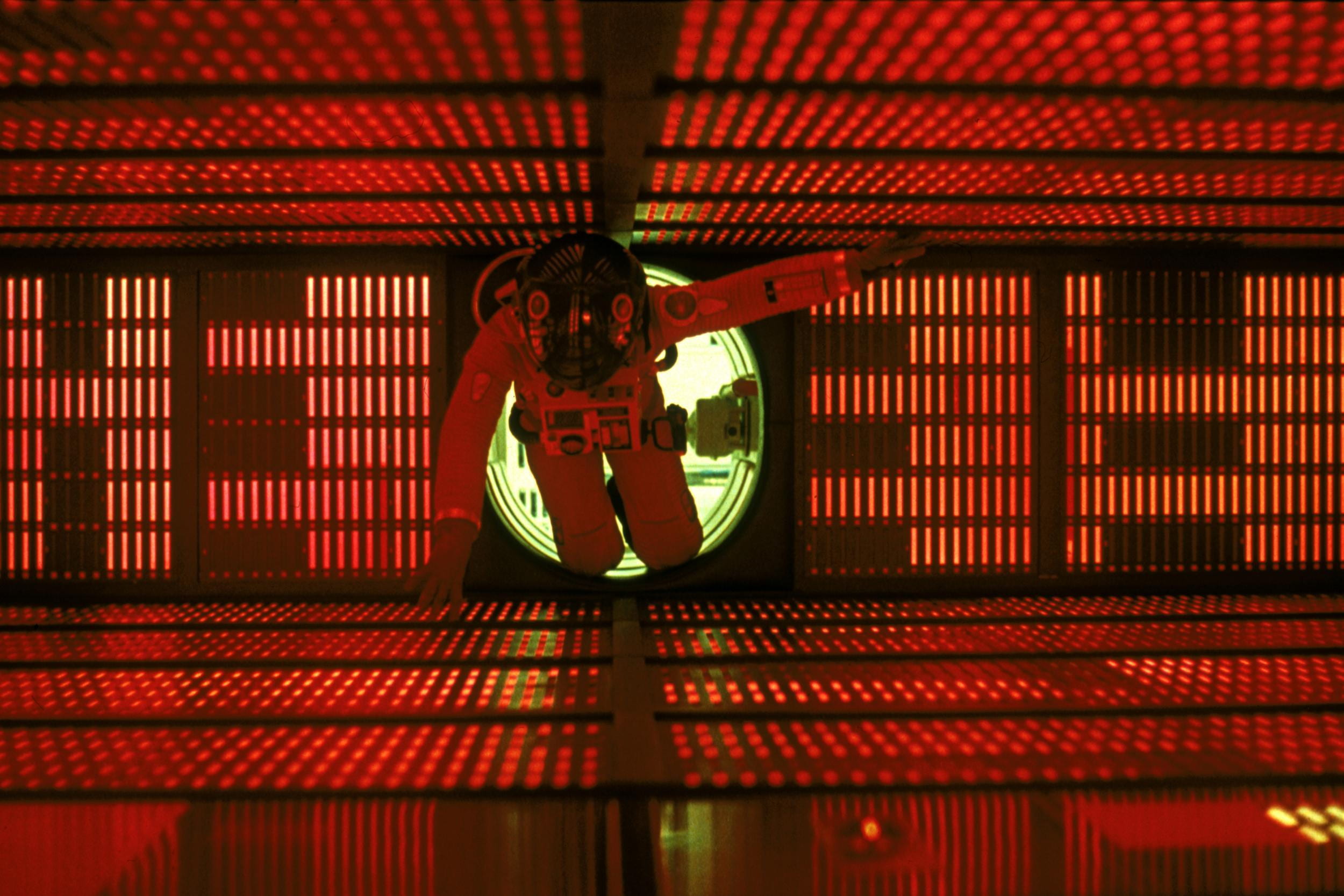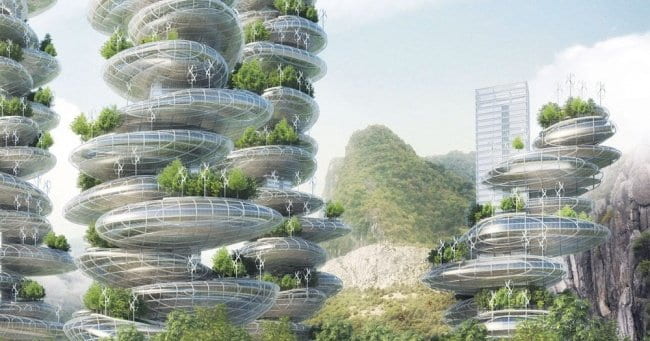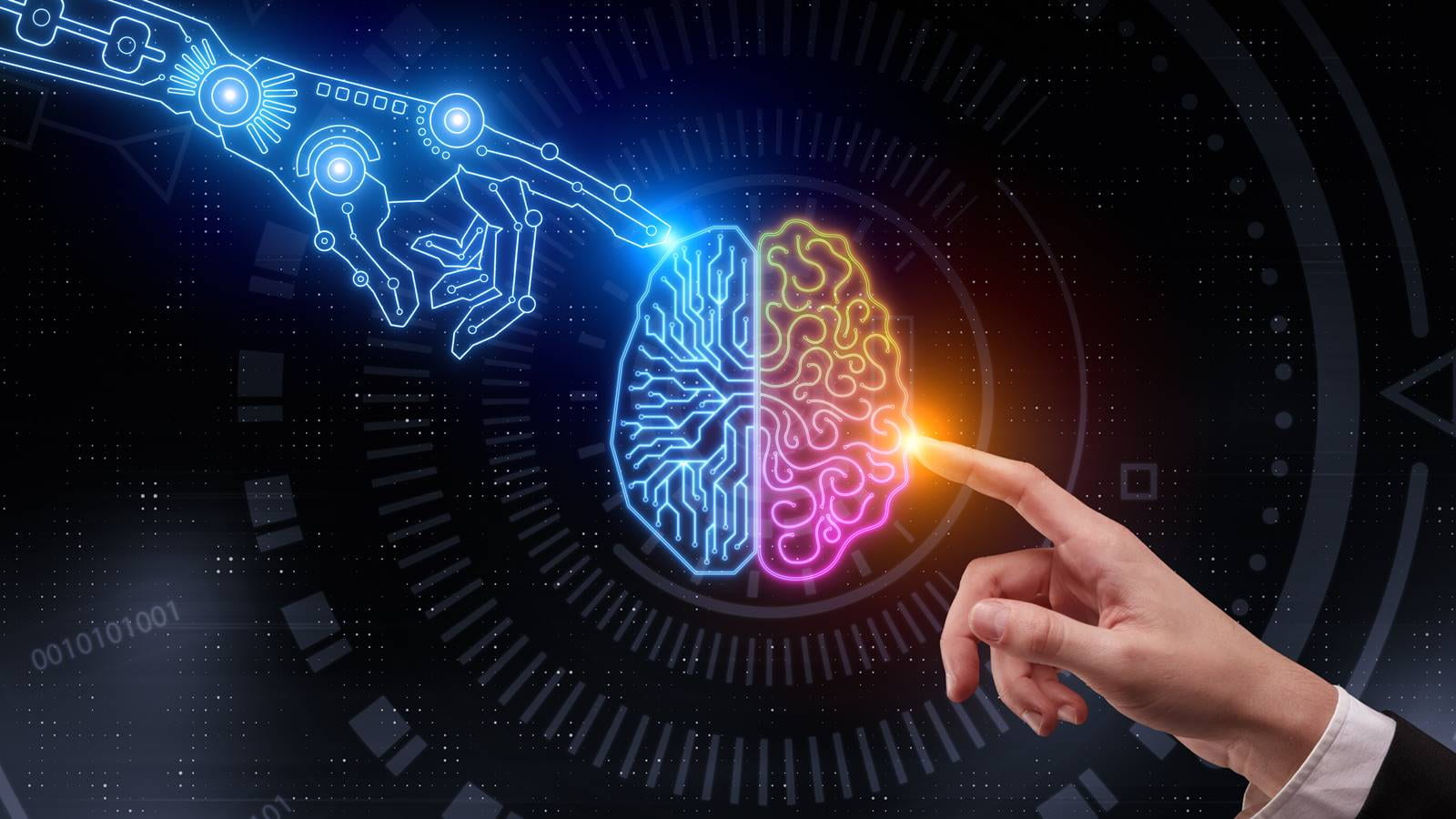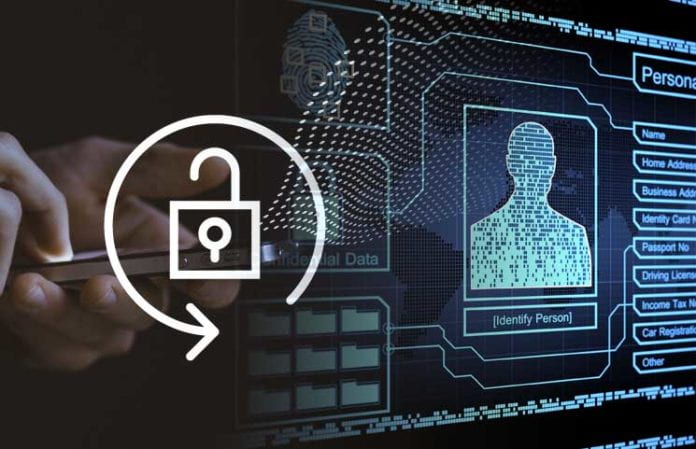“A smart connected life will be safer and more secure in a networked city.”
“A smart connected life will be healthier for all generations.”
“A smart connected life will touch each of us in the way we live, play, and learn. “
“A smart connected life will bring closer to family and friends, and help us live in a more harmonious society.”
When reviewing the video on the outlook for 2020 exhibited by Cisco Pavilion at the 2010 Shanghai Expo, we can see a fantastic dream of the Chinese for the development of science and technology and the future of intelligent interconnection. Ten years ago, China’s science and technology was in a state of taking off, and new things poured out all the time, which had a huge impact on the Chinese people. As a leader in the intelligent interconnection industry, Cisco would not let go of this booming emerging market in China. This video in 2010 reflects this.
However, we may be able to see from something besides the beautiful outlook on technology, especially now that 2020 has arrived, we find that some technologies are exactly the same as those in the video, and some are not, which means it did not develop according to the predetermined track. 2001: A Space Odyssey(1968), did everything possible to construct a world 50 years later, but the real 2001 is crazier than imagined.
 2001: A Space Odyssey(1968).
2001: A Space Odyssey(1968).
The predictions for the future are sometimes contrary to the reality that will come later. On the one hand, it is a kind of imaginative dilemma when looking into the future by technological determinism, but on the other hand, it can also reflect that technology is not completely controlled by itself. This blog will explore the reasons for this difference by comparing some of the exhibitions in 2010 with the vision of the intelligent and interconnected era in the real world in 2020. And, is there a perfect smart city that can be completed?
Nature and Technology: no Matter How Advanced, it Should be Green

Although it is not directly mentioned in the film, the 2020 vision of Shanghai can be described as the standard configuration of the science fiction world: Sky gardens, new air vehicles, and dense concrete forests. No matter how far we develop technology, we must maintain the level of greening in the city. This seems to be the solid vision of all city planners and decision-makers, but what is puzzling is their unique hobby for sky gardens and flying tools. Although there are indeed some sky gardens in Shanghai today, it is unrealistic to replace the ground green landscape with them. At the same time, there is a great conflict between air transportation equipment and reinforced concrete forests, but people are always willing to use it to express a vision of a newly interconnected traffic environment.
What is nature? In 2010, when reporters asked the person in charge of Cisco about the idea of a new city, the environment was not his topic. At that time, technology was not yet developed, and the problems of vehicle congestion, climate warming, and air pollution were just beginning to rise. From the changes in just ten years, we can see that the environmental and climate issues are coming on fiercely. If it is the current propaganda film, it will emphasize how sustainable and ecologically beneficial their products are. Few people could have expected all this ten years ago.
Video to Wisdom- What is the Fundamental of a Smart City?
The focus of this film is on the interaction of “video”. In the beginning, the female character’s face was directly projected on the wall, and the male character even joked: “How can I not see it, your face is as big as the wall!” At the same time, the person in charge also emphasized that the basis of this new type of smart connected city is video. Through the video, people in the distance are drawn together. To tell the truth, this seemingly technologically complex short film does not have much technical content. Whether it is a hospital, airport, home, or school, it is the video that is emphasized.
Here we want to explore a problem in more depth, that is, when we talk about video, we are still using the traditional human-centered idea, that is, video is only a transmission medium, and the important thing is that video shows us the status of human beings. I must emphasize this issue, because it is obvious that people-oriented in 2020 has become a pseudo-topic, especially in smart cities, where the most important thing is wisdom.

Whose wisdom? The wisdom of machines. The machine tells us that we should go this way, we should bring umbrellas, and we should control our diet. However, ten years ago, in the future we imagined, mankind was still the subject of making decisions, and the role of technology was only to draw us closer (It did make some calculation, but much simple). I believe that my second argument has been explained very clearly, that is, technology in 2020 has begun to control mankind. This is also a problem that many scientists and ethicists are now concerned about. Can we delegate decision-making to artificial intelligence? Behind the artificial intelligence, what is controlling our food, clothing, housing, and transportation?
Maybe Shannon Mattern is right. A city is not a computer – it can be a bunch of cables, but can it be a computer, a central decision-making body? In the era of smart cities, our every move becomes part of big data, and then big data is in turn analyzed by artificial intelligence, thereby affecting humans. This is a cycle that was difficult to think of ten years ago. And indeed, there has never been artificial intelligence in the promotional film ten years ago. This change from the medium to the subject itself requires us to think about the issues of technology and ethics, as the subject status of man has begun to become blurred.
Privacy and Liberty – to Connect is not to Zoom inside

The illusion of the 2010 video versus the 2020 one is also reflected in the neglect of data, which is often very personal. As mentioned above, the focus of this video of Cisco is to introduce its concept of video interaction, and it does not talk about the interconnection between individuals, enterprises, and governments in the actual operation of smart interconnected cities. This powerful network happens to be the basis for the development of the current Internet industry, that is, private customization and public opinion analysis. The reselling of data makes people lack privacy, and the government will also collect residents’ information in consideration of urban security, surveillance cameras, network police, and apps to monitor user needs… This is often considered an ambiguous private invasion.
Perhaps this constitutes the third point I want to interpret, that is, in 2020, the consideration of personal information security after interconnection has become prominent with the commercialization of the technology and Internet. This also explains the society’s influence on technology, that is, the change in its capital. I mean, in reality, you may have to skip three ads and subscribe to a channel to use a “smart app”.
Above, I briefly analyzed things that were not trending 10 years ago from the perspectives of smart cities and nature, human subjectivity, and privacy issues, but now have become the focus of discussion. Technology affects society. Similarly, the development of society has caused technology to gradually deviate from the very utopia people imagined. Maybe we will never be able to reach Utopia, and today’s smart city is just a halfway in our search.
Leave a Reply